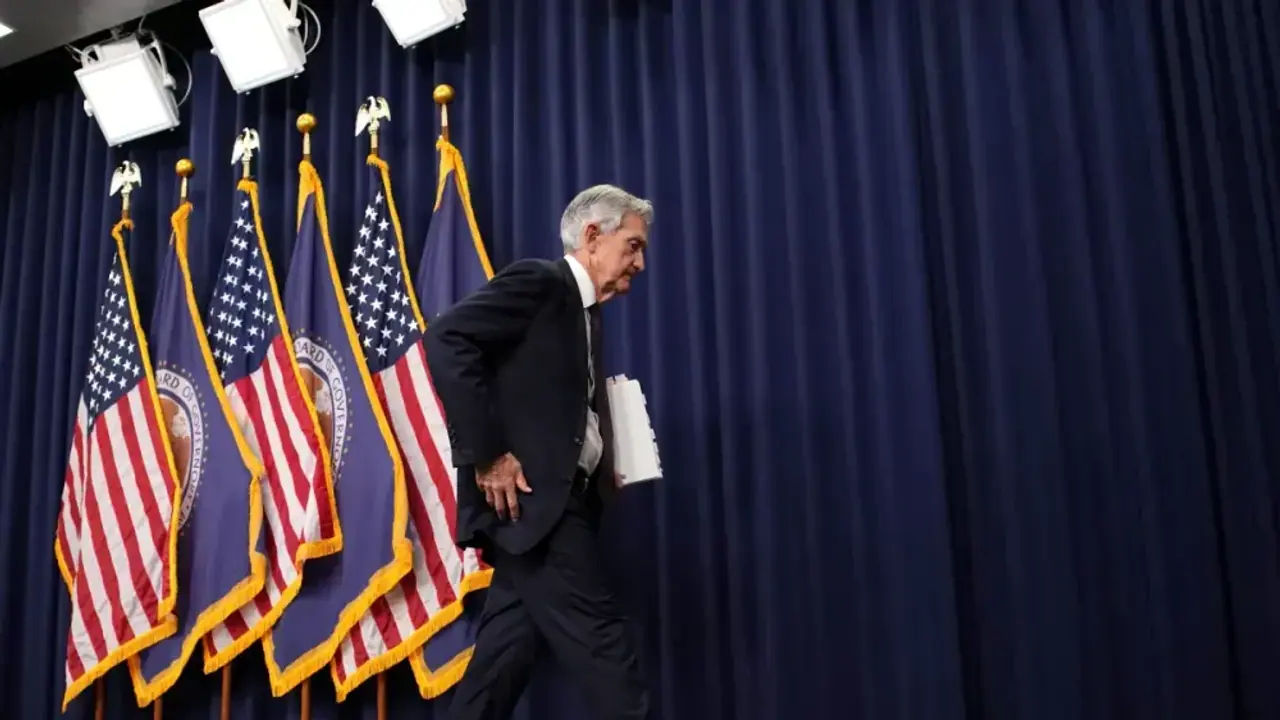While the economic slowdown may take time to show up in hard data, Goldman Sachs still projects three rate cuts later this year.
The Federal Reserve on Wednesday marked its third consecutive meeting without a change as it held its benchmark interest rate steady amid heightened economic uncertainties, particularly due to President Donald Trump's aggressive tariff policies.

Several analysts interpreted the central bank's stance as a cautious approach to balance the risks of rising inflation and potential unemployment, which could tip over into stagflation.
However, retail traders on Stocktwits largely viewed the Fed's decision as appropriate.
An ongoing poll asking if the Fed made the right call on Wednesday has drawn more than 26,000 responses, with 57% voting 'yes', 30% choosing 'no', and 13% unsure of the move.
Comments under the poll unveiled a sharply polarized retail trading community.

"There's no doubt that's correct, because of the delayed nature of all the economic data, and the elevated geopolitical risks, and now that the economy has deteriorated, stay on the sidelines," said one user with a 'bearish' tilt.
"With the chaos and uncertainty created by the White House, it is the only reasonable course of action. Too bad the White House doesn't just shut up and get out of the way. The markets would go crazy," said another.
However, others claimed there were visible economic problems.
"Construction is slowing down because of the high rates. We need developers to start building to truly make this economy crank," said one user.
Another watcher said pausing rates do not fix the problem; they only delay it and "allow the problems to build as a pressure cooker." They added that the Fed "needs to be reactionary" when the economy is in decline, claiming banks were facing more liquidity issues and would "start falling apart faster" without a lifeline.
According to The Fly, Goldman Sachs sees a murky path ahead. Chief economist Jan Hatzius noted that Trump's tariffs have raised the risk of inflation and unemployment.
While the slowdown may take time to show up in hard data, Goldman still expects the labor market to weaken enough by late July for the Fed to begin cutting rates, projecting three 25-basis-point cuts (bps) in July, September, and October.
JPMorgan's David Kelly told CNBC that the Fed's statement was "sending a shot across the bow to the administration," asserting that it essentially said, "Your policies are leading to higher inflation, higher unemployment."
"It says, 'We are not going to be in any hurry to cut rates because honestly there are risks to both sides of our mandate here and we are not sure which way we should be playing this,'" he said, pointing to the Fed's dual goals of maximum employment and stable prices.
For updates and corrections, email newsroom[at]stocktwits[dot]com.<
